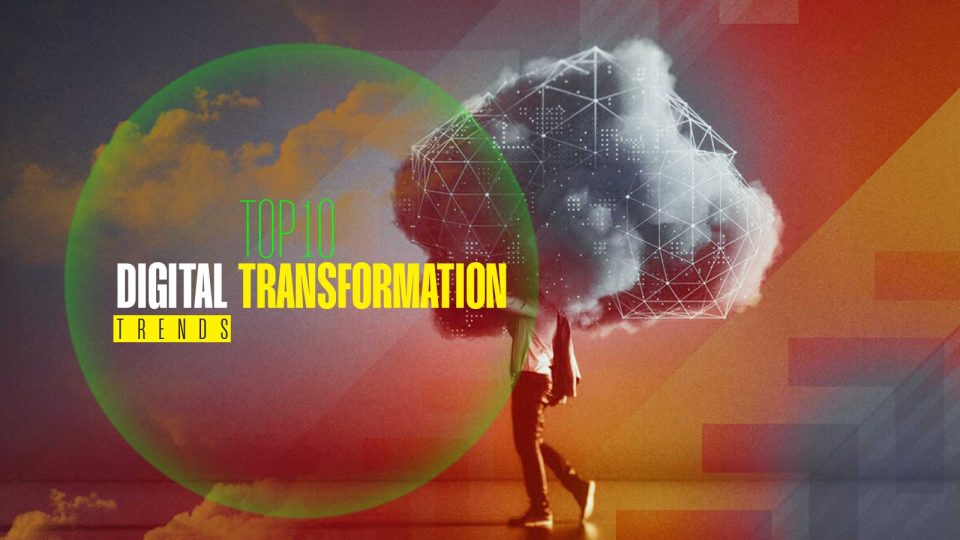Digital transformation reshapes cloud-driven organizations, instilling heightened agility, innovation, and resilience. Microservices operate seamlessly, ensuring swift development and updates, while AI and ML guide decision-making with insightful predictions. As per the report from Markets and Markets, the digital transformation market size is projected to grow from $521.5 billion in 2021 to $127.5 billion in 2026.

In the API innovation, internal capabilities flourish and intertwine with external services. Zero-trust principles guide the security model, ensuring data protection across the cloud like an impervious fortress. Sustainability is paramount, with organizations optimizing their cloud footprint for energy efficiency. Embracing this transformation means keeping pace and propelling forward into a future marked by agility, intelligence, and collaborative growth, flourishing within the cloud environment.
According to a Gartner report in 2023, digital transformation marked over 90% of organizations engaging in various initiatives, indicating widespread digitization across industries.
Digital Transformation Challenges
- Cultural Shift: Shifting from traditional setups to a cloud-centric mindset necessitates a substantial cultural overhaul involving the crucial steps of breaking down silos, fostering agility, and embracing a DevOps culture. However, these essential changes may face resistance from established practices.
- Talent Acquisition: Cloud-native technologies require a fresh skill set encompassing containerization, microservices, and cloud security. The competitive landscape for attracting and retaining individuals possessing these skills is challenging.
- Security Concerns: The distributed nature of the cloud brings forth distinctive security challenges, requiring robust security strategies to address constant threats like data breaches, unauthorized access, and compliance issues.
- Cost Optimization: Despite the scalability offered by the cloud, a pay-as-you-go model may result in unforeseen expenses. It is crucial to effectively manage costs and optimize cloud resource usage to prevent growing expenses.
- Vendor Lock-in: Excessive reliance on a single cloud provider can restrict agility and negotiation leverage. Therefore, ensuring vendor neutrality and maintaining portability becomes imperative for long-term flexibility.
Benefits of Digital Transformation for Cloud-Driven Companies
Cloud-driven companies hold a distinct advantage in today’s digitalized industries, but embracing digital transformation can elevate their success further. Here are the key benefits:
- Agility and Scalability:
- Microservices and containerization technologies like Docker and Kubernetes enable rapid application development, deployment, and scaling.
- Like modular blocks, this approach allows easy addition or removal of functionalities based on evolving needs.
- AI-Powered Insights and Automation:
- Access to vast data lakes empowers cloud-driven companies to leverage AI and machine learning for valuable insights.
- Automation streamlines operations, allowing AI to handle repetitive tasks and freeing human resources for strategic endeavors.
- Composable Business Model:
- Digital transformation encourages a composable business model where internal capabilities are exposed as APIs.
- These APIs function as building blocks, facilitating quick integration with external services and data sources to create tailored solutions.
- Enhanced Collaboration and Innovation:
- Breaking down silos, digital transformation promotes seamless collaboration across departments and external partners.
- Cloud-based tools enable real-time communication, document sharing, and project management, fostering innovation through diverse perspectives.
- Future-Proofing for Sustainability:
- Digital transformation allows optimization of cloud infrastructure for energy efficiency.
- This reduces the carbon footprint and aligns with the demand for eco-conscious practices, potentially leading to long-term cost savings.


